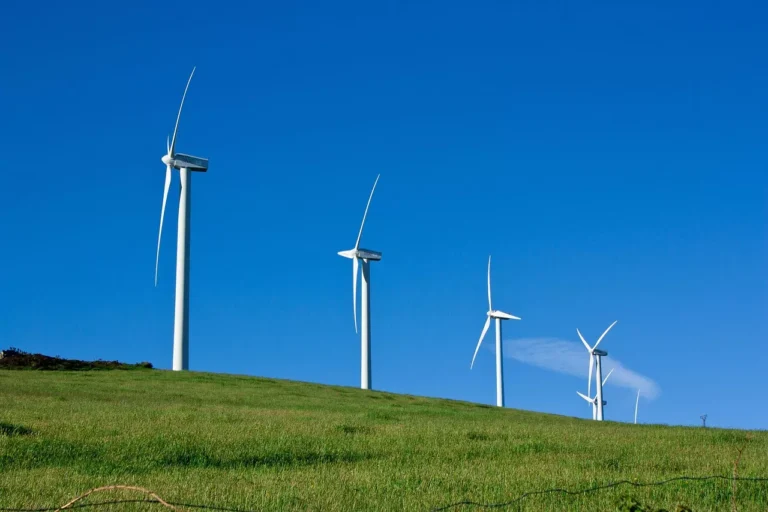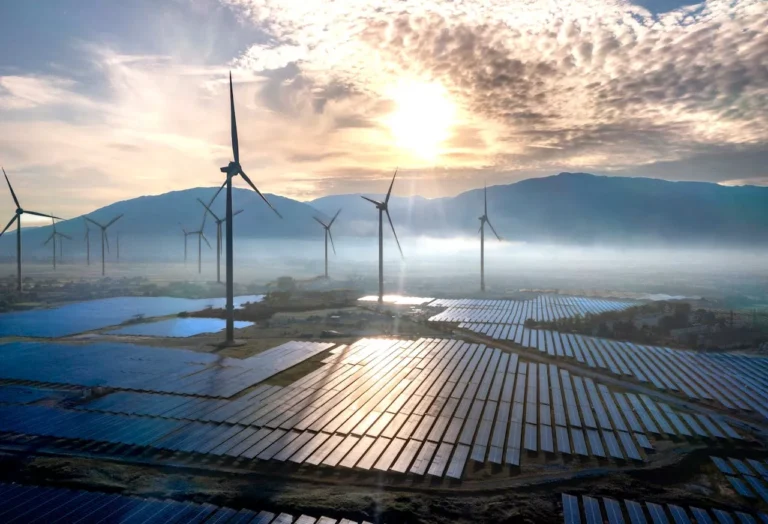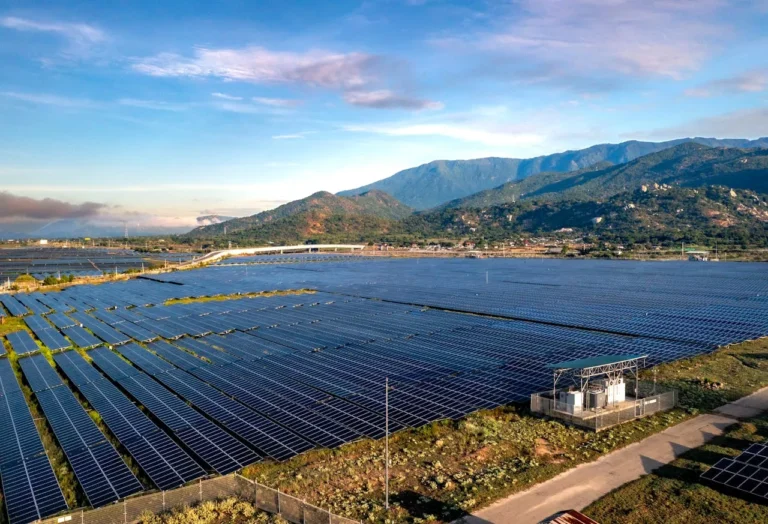
TEP to Convert Springerville Generating Station Units from Coal to Natural Gas in Major Transition Toward Cleaner, More Reliable Energy
Tucson Electric Power (TEP) has announced a strategic plan to convert two coal-fired units at the Springerville Generating Station (SGS) to natural gas by the end of the decade. The transition, expected to be completed by 2030, reflects TEP’s commitment to reducing greenhouse gas emissions, enhancing grid reliability, and maintaining affordable energy for its customers—all while preserving vital economic ties to communities in northeastern Arizona.
This major infrastructure and energy transition project will mark a significant milestone in TEP’s long-term plan to move away from coal, a historically central but increasingly expensive and environmentally burdensome fuel source. The conversion will enable the utility to continue delivering around-the-clock energy from the Springerville site while significantly lowering carbon emissions and avoiding the volatility associated with coal markets.
Sustaining Energy, Jobs, and Communities
Susan Gray, President and CEO of Tucson Electric Power, emphasized that the Springerville repowering initiative is as much about ensuring energy security as it is about economic stewardship and environmental progress.
“Our SGS conversion project will extend the life of a plant that has powered Tucson’s growth for more than four decades,” said Gray. “It will help us provide reliable, affordable, and increasingly sustainable service while extending our productive partnership with communities in the White Mountains region.”
Located roughly 175 miles northeast of Tucson and 15 miles from the town of Springerville, the SGS site has been a cornerstone of Arizona’s energy generation landscape since the mid-1980s. Units 1 and 2—owned by TEP—were brought online in 1985 and 1990, respectively. The plant also includes two additional 400-megawatt (MW) units owned by Tri-State Generation and Transmission Association (Unit 3) and Salt River Project (Unit 4), though these are not part of TEP’s conversion project.
For decades, the plant has provided reliable baseload electricity to Southern Arizona and has been instrumental in supporting the region’s growing population and economy. Equally important, the facility supports a broad network of employees, contractors, and local governments whose budgets rely on SGS-related tax revenues and economic activity.
Springerville Mayor Shelly Reidhead underscored the social and economic importance of the plant to the local region.
“Springerville Generating Station isn’t just a power plant. It’s a lifeline to the Round Valley communities,” Reidhead said. “This commitment to repower the plant with natural gas helps ensure a brighter future for this region, saving jobs, stabilizing the tax base and attracting future energy investments.”
Political and Public Support
Arizona Governor Katie Hobbs also expressed strong support for TEP’s move, calling it an example of responsible energy leadership that balances present-day needs with future sustainability goals.
“A resilient grid that’s reliable, affordable, and sustainable is core to delivering on the Arizona Promise,” Hobbs said. “This plan will deliver cleaner air and lower costs, while strengthening communities in northeastern Arizona and building a more resilient energy future.”
U.S. Senator Ruben Gallego (D-Ariz.) echoed those sentiments, praising the approach as both practical and forward-thinking.
“This transition at Springerville is a step toward a more sustainable energy future that doesn’t leave rural Arizona behind,” Gallego said. “By moving away from coal while maintaining affordable and reliable power, TEP is showing that we can protect jobs while propelling innovative energy solutions at the same time.”
Cost-Effective and Flexible Energy
One of the key drivers behind the decision is economic. TEP’s 2023 Integrated Resource Plan (IRP) had already laid out a timeline for retiring SGS Units 1 and 2 by 2027 and 2032, respectively, due to a combination of rising coal fuel costs, supply chain risks, and regulatory pressures. The natural gas conversion option emerged as a more cost-effective solution than building new generation assets such as combined-cycle natural gas plants or solar-plus-storage systems with equivalent reliability.
The ability to rely on natural gas for firm dispatchable power—electricity available at all times—makes it an especially valuable asset as utilities increasingly integrate variable renewable energy sources like solar and wind. Unlike coal plants, which are designed for steady, inflexible operation, natural gas units can ramp output up or down quickly in response to real-time shifts in energy supply and demand.
Additionally, natural gas offers more predictable pricing and fewer logistical hurdles compared to coal, which is facing rising transport costs and potential disruptions due to mine closures and policy shifts—even in a political climate still nominally supportive of coal-fired generation.

Environmental Benefits: Cutting Carbon While Planning for the Future
TEP anticipates that converting the two units to natural gas will reduce their carbon dioxide (CO₂) emissions by approximately 40 percent. This aligns with the company’s broader target of achieving net-zero direct greenhouse gas emissions by 2050. The repowering project is expected to serve as a transitional step toward that ambitious goal, providing stable, lower-emission energy while more advanced clean technologies continue to mature and become economically viable.
Gray described the strategy as a “bridge” to a more sustainable future.
“Achieving our 2050 net zero goal will require an all-of-the-above approach, including investments in clean energy solutions and partnerships with customers to encourage thoughtful energy use,” she said. “While we cannot predict exactly how we’ll achieve net zero carbon emissions, we know that efficient, reliable natural gas generation will be a part of our path toward that goal.”
In the long term, TEP is considering several emerging technologies as potential successors to fossil-fuel generation, including long-duration energy storage systems, advanced nuclear options such as small modular reactors, and hydrogen-fired power plants. All of these options are currently in early stages of development or deployment but could play a critical role in reshaping Arizona’s energy landscape in the coming decades.
A Legacy Plant Transformed
Springerville Generating Station was one of several large coal-fired plants constructed in the 1970s and 1980s throughout the Four Corners region to meet rapidly growing electricity demand in the southwestern United States. While many of its peer facilities have since retired or been scaled back due to environmental and economic challenges, SGS is poised to play a new and vital role as part of a diversified, cleaner power mix.
By converting existing infrastructure instead of retiring it outright or building entirely new plants, TEP is maximizing the value of its past investments while preparing for a very different energy future. The decision balances the urgent need to reduce emissions with the practical necessity of keeping energy reliable and costs manageable for customers across Southern Arizona.










